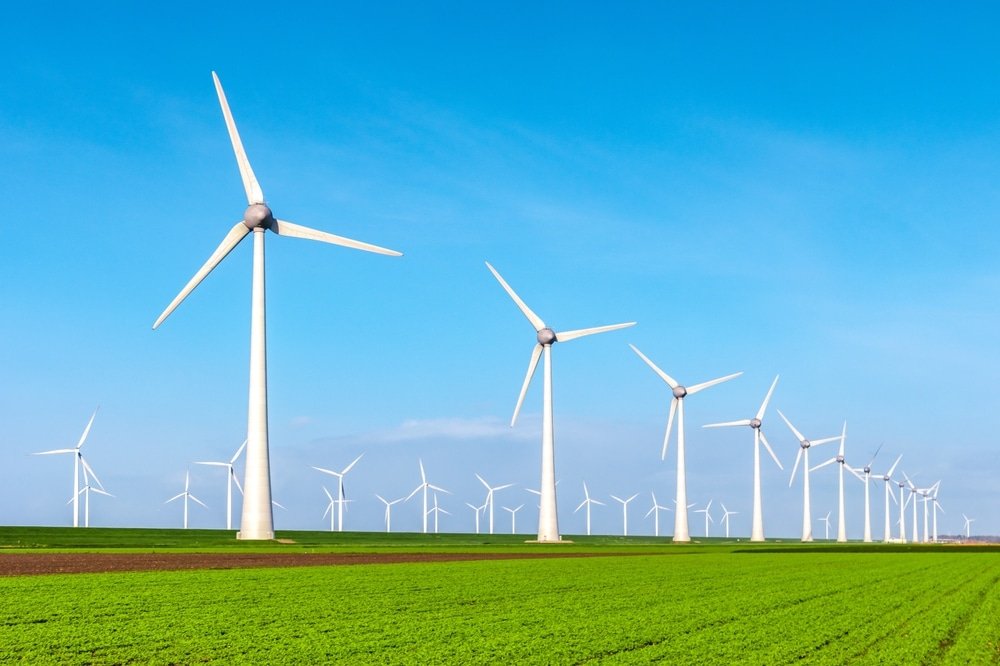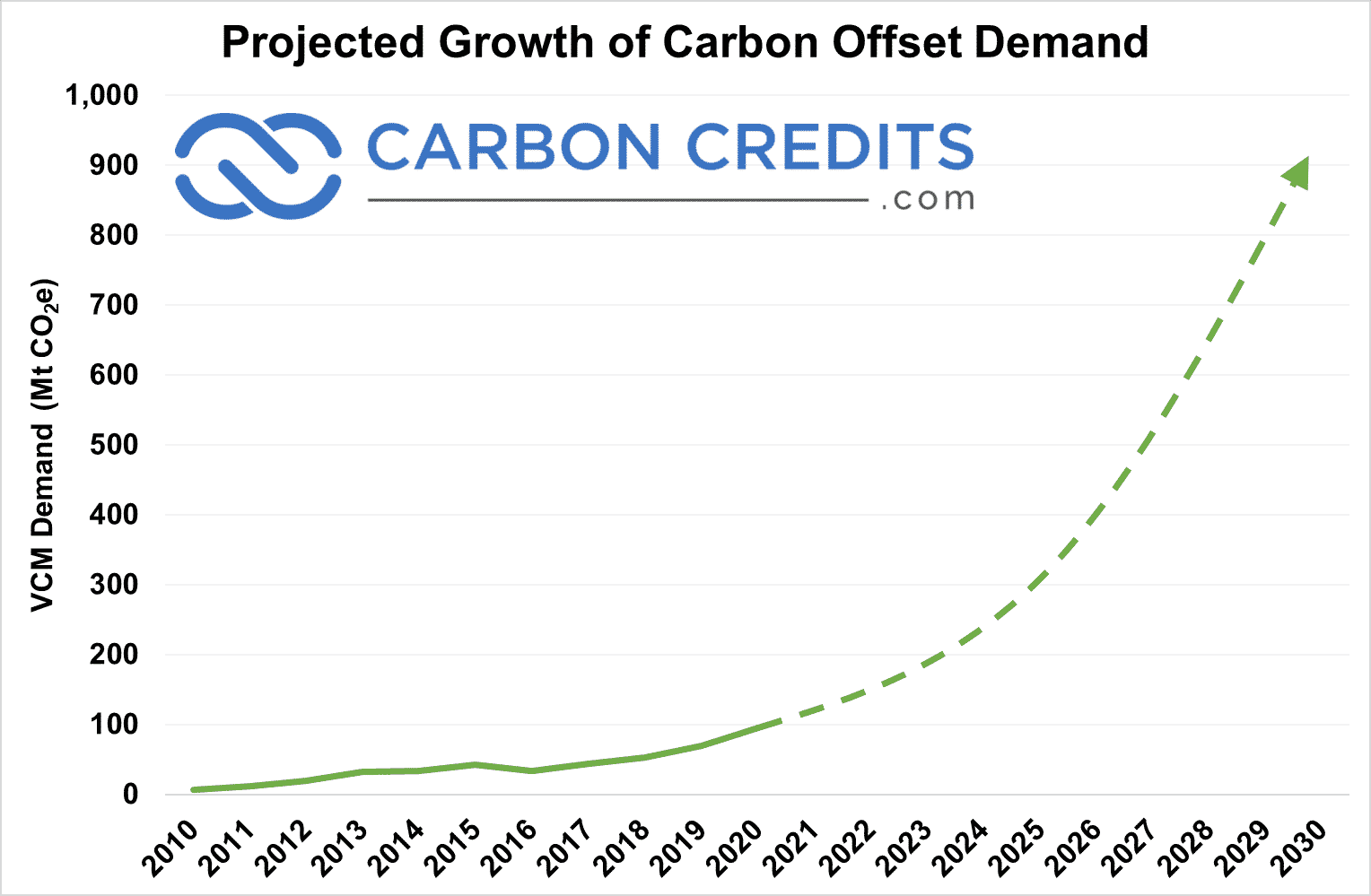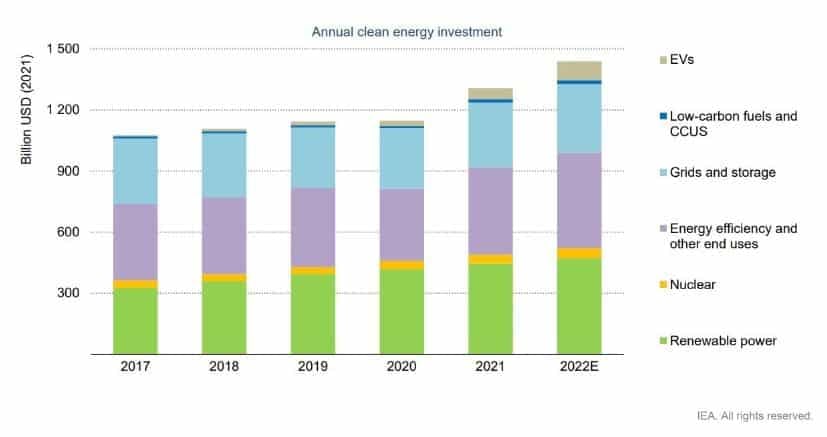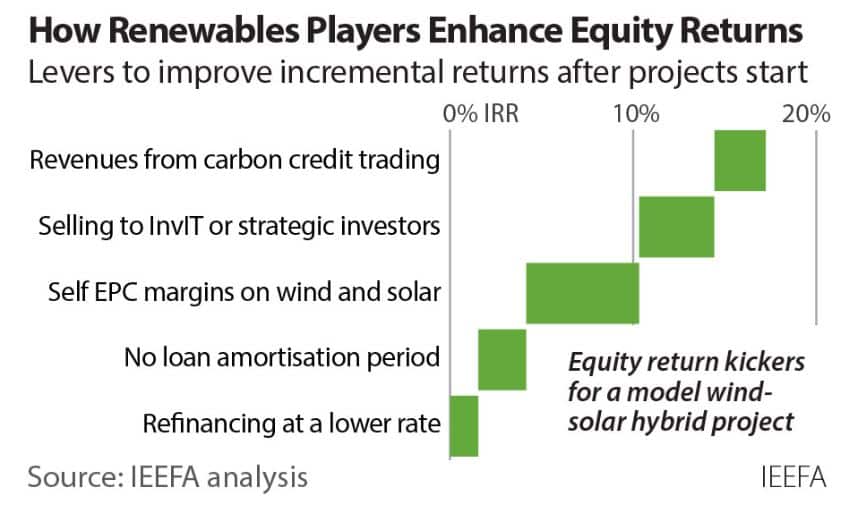The boiling concerns on climate change have made renewable energy sources and their development a key topic of research. Companies that are leading the clean energy transition have been, or are, considering to leverage the carbon credit markets.
What does the current carbon market boom mean to startups that develop renewable energy projects? How should venture capitalists and impact investors assess them?
In other words, how do carbon credits impact the development of renewable energy projects such as solar and wind farms? This article will explore the answers to these important questions and more using relevant case studies and data available.
Let’s first explain what a carbon credit is and its role in energy transition.
Carbon Credits and the Energy Transition
The global climate crisis caused by the over consumption of fossil energy needs urgent action. To address the rising temperatures threatening lives and productions, environmental policies were in place to drive renewable energy development globally.
Common examples of these policies include carbon tax, carbon emissions trading, and government subsidies. Carbon emissions trading involves the use of carbon credits as market instruments that many find essential in fighting climate change.
What are Carbon Credits?
Carbon credits are generated by activities, projects or any initiatives that avoid, reduce, or remove CO2 emissions. Over 95% of carbon credits in the market fall under the first two categories.
That means projects lead to fewer units of carbon in the atmosphere as compared to the “business-as-usual” scenario. The types of credits that these projects often generate include renewable energy credits, clean cookstove credits, and e-mobile credits.
Though they vary when it comes to specific climate objectives, they all share the same goal – to replace the “dirty” sources of energy with sustainable, cleaner and greener alternatives.
The remaining credits are carbon removal projects such as reforestation (nature-based removal) and direct air capture (technological CO2 removal).
Industry estimates show that demand for carbon credits will soar up exponentially, primarily due to corporate net zero pledges. Large companies’ climate commitments will bolster trading of carbon credits in the voluntary market (VCM).
- Over ⅓ of the world’s biggest publicly traded firms unveiled their decarbonization targets in 2022. They purchase carbon credits to offset their CO2 emissions that they can’t yet avoid or reduce, alongside direct CO2 reductions.
The VCM has already reached $1 billion in 2021, and projections show that demand for voluntary credits will grow to up to 2 gigatons/year of CO2 reduced and removed.
Impact on Renewable Energy Development
So, how does carbon credits and their increasing trend impact the energy transition, especially the renewable energy development?
Perhaps most significantly, carbon credits help support the cost of developing clean energy sources and make them more affordable.
Currently, scaling green technologies such as solar mini-grids at the rate that matches the net zero scenario is almost impossible given their prices today. This is where carbon credits can be useful to lower prices for these clean energy products. And that would make these products affordable for low-income households.
Those who manage to use the credits in this way were able to have additional revenue streams while promoting clean energy.
Moreover, projects generating carbon credits in developing nations often have other outcomes benefiting the local community called co-benefits. For instance, the use of clean cookstoves can help improve the skills of women in Africa and their cooking conditions. These projects also provide health and social co-benefits such as eliminating or reducing harmful particulate matter from burning woods.
Overall, the booming carbon credit market will be beneficial for startups or companies that are developing renewable energy projects. This market mechanism enables them to leverage the financing sector and drive more investments into renewables.
According to the International Energy Agency (IEA), investments in renewable energy accounts for about ¾ of the growth in overall energy investment. And it has been rising at an average rate of 12% since 2020.
It now accounts for almost three-quarters of the growth in overall energy investment, and has been growing at an average annual rate of 12% since 2020.
The IEA believes this is a sign of going in the right direction when it comes to achieving the global climate goals. Still, the agency thinks that the rate is not fast enough to be on track in decarbonizing the global economy.
- Getting on track to net zero emissions by 2050 will need annual investment in clean energy infrastructure, including renewables, to reach around $4 trillion by 2030, says the IEA.
A significant part of that funding will be coming from the revenue of carbon credits or emissions trading. And though carbon credits differ from renewable energy credits, they are under the same tree and the former substantially impacts the development of renewable energy projects.
To make it clearer, let’s provide you with a couple of case studies showing the significant effects of carbon credits in the creation of renewables and energy developers. Two major case studies stand out – China and India.
Case Study #1: Wind Farms in China
A study by Sun et al., (2020) found that carbon credits from emissions trading in China is more effective at promoting renewable energy development than imposing a carbon tax policy.
Based on their findings, the authors also said that investors would prefer to put their money in renewable power under the compliance carbon credit market than carbon tax.
In particular, without government subsidies, only by implementing carbon emissions trading policy can increase investment in wind power in China. More interestingly, the free allowance for CO2 emission reduction trading or carbon credits can offset any reduction in subsidies.
That means the renewable energy development plan like the case of wind power is achievable even without increasing government subsidy. Specifically, the Chinese government can cut its total subsidy in wind power by about 4020 million yuan per year by reducing the carbon credit quote from 95% to 60%.
The study, therefore, suggests that the establishment of appropriate emission quotas and trading prices of carbon credits can propel investors to continue supporting renewable energy development in China.
Case Study #2: Solar Renewable Energy in India
You can believe it or not but India has seen the fastest growth in renewable energy across all large economies. This is all thanks to private and foreign investments made into renewable energy projects in the country.
Putting those investments into context, the 3rd largest emitter received ~$64 billion for renewable energy development from 2014 to 2019.
Back in 2015, India aimed to source 40%, or 500 MW capacity, of its energy from renewable energy by 2030. And the country had achieved that goal in 2021, with over 40% of its electricity capacity coming from non-fossil sources.
So what attracts great interest from developers of renewable power in India?
According to a report by the Institute for Energy Economics and Financial Analysis (IEEFA), there are enough boosts for them to pour their money into the sector.
For one, the declining costs of solar modules propelled the growth of renewable energy in India. This, in turn, decreased the tariffs for the associated products.
Unfortunately, the Russian-Ukraine war and surging inflation pushed the financing costs higher, increasing interest rates for renewable energy developers. But the good news is that there are some levers that enhance returns for developers, encouraging them to build more projects.
As seen in the chart above, revenues from carbon credits trading is one of the reasons that developers continue innovating. Selling carbon credits from renewable energy generation to developed countries became a viable source of extra income for developers. This further enhances their returns.
The IEEFA report particularly showed how renewable energy credits and other levers help renewable power project developers grow their income. Their findings suggest that sales from carbon credits can give them an additional 3% to their returns.
And that is quite big enough financial incentive to keep developing projects that significantly reduce carbon emissions. Not to mention that they’re helping the country reach its net zero emissions goal by 2070.
No wonder Amazon has signed a total of 720 MW worth of renewable energy purchasing agreements in India. It has also closed deals with partners such as Vibrant Energy, ReNew Power Global, Amp Energy India and Brookfield Renewable. The retail giant will manage all its energy trading through its subsidiary, AEI New Energy Trading.
So, how should potential clean energy investors take advantage of the exciting disruption that carbon credit markets bring? Here are the top ways to keep in mind.
3 Ways Investors can Capitalize in the Renewable Energy Market
- Evaluate companies carefully and critically
First of all, investors should evaluate which companies promise strong revenue carefully. Do they have a clear and detailed plan and strategy for their carbon credit generation?
Ensure that the company is reliable enough in forecasting their carbon credit sales or that their basic product value proposition is strong enough without the credits. Keep an eye on their carbon credits pricing and quantity assumptions.
These are critical especially now that many startups in the renewable energy sector are hopping into the carbon credit bandwagon.
- Provide support to portfolio companies
Next step is to provide necessary support to companies in developing their carbon strategies. For instance, suggest any opportunities that they can employ to expand their markets through carbon credits trading.
Determine what aspects or areas to further improve to develop high-quality renewable energy projects. If investors can connect their portfolio companies with credit buyers, that’s even better. The key to delivering superb support is understanding the different types of activities qualifying for carbon credits.
- Explore investment opportunities
Lastly, explore any opportunities for investing in carbon credit pre-financing deals. Some developers would require upfront capital to kick-start their renewable energy projects. For investors, this kind of investment has the potential to bring a high return of over 20%.
But, of course, just like other investment opportunities, investors still have to take caution in assessing the projects. Would their funding be worth the risk?
Only with enough knowledge and information could they be able to answer that question. This and the bright projections of the growth of the global renewable energy market are a good sign for those interested to invest in the space and see more projects being developed.
Should you want to know more about renewable energy credits (RECs) and how they differ from carbon credits in broader terms, go over this complete guide. You’ll also learn how RECs work and how to buy them.




